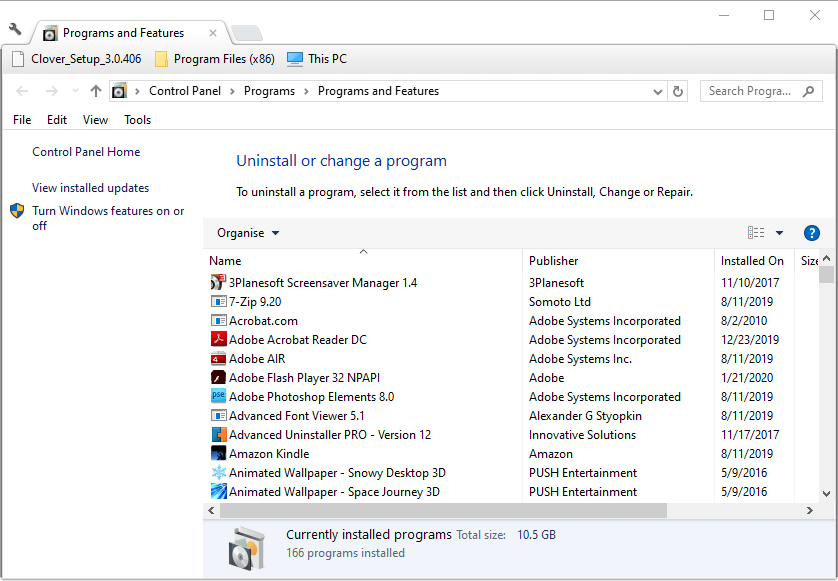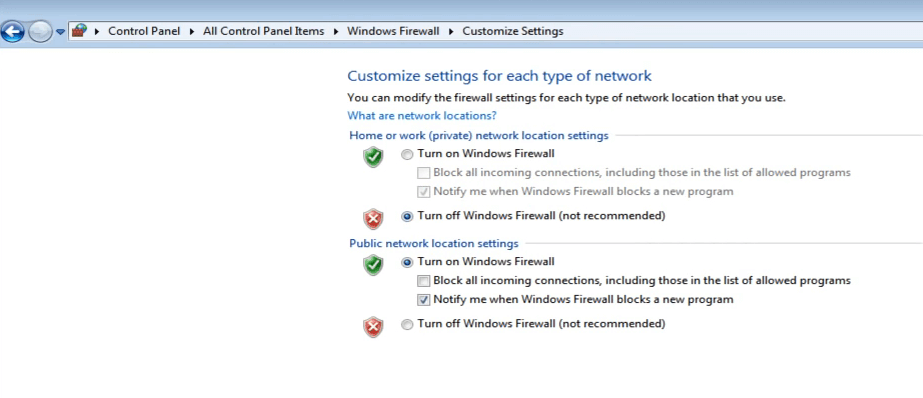
Double Byte Hardware com pins configuration 40-7F - set address startline from 0-127 (6-bits) You have no control and they need to be set correctly or something crazy will come out. Commands 0xA0, 0xA1, 0xA8, 0xC0, 0xC8, 0xD3, 0xDa will all be fixed based on the layout. These registers allow the board designer flexibility in making these connections. For instance the left and right might be swapped… or half the wires might come out on one side and the other half on the other side. For a 128×64 display there are at least 196 wires, so the routing of these wires may be a total pain in the ass depending on the location of the chip. The hardware configuration registers allow the LED display maker to hookup the common and segment signals in an order that makes sense for the placement of the chip on the OLED glass. Only used for horizonal and vertical address modes These displays are widely available from Alibaba and eBay for =3=illegal One of the things that I did was put a 0.96″ I2C OLED Display based on a SSD1306 driver on the board. I have a series of articles planned about that board, but that will be for another day.

This board uses a PSoC 4 Analog co-processor which can do a bunch of cool stuff. Oh well, hopefully someone will get some benefit.Ī year ago (or so) I designed a user interface board called the CY8CKIT-032 to go with my Cypress WICED WiFi book and class. I will say from the outset that I spent far far too much time digging into the inner workings of an 11 year old graphics driver. In this article, I use the Segger emWin library and MBEDOS, but for all practical purposes this discussion applies to all other interfaces to the board including Arduino, Raspberry Pi, Adafruit, etc.


Operation will roll back.This article explains in detail how to use and debug SSD1306 displays. (Controller Boot Thread) JBAS013412: Timeout after seconds waiting for service container stability.


 0 kommentar(er)
0 kommentar(er)
